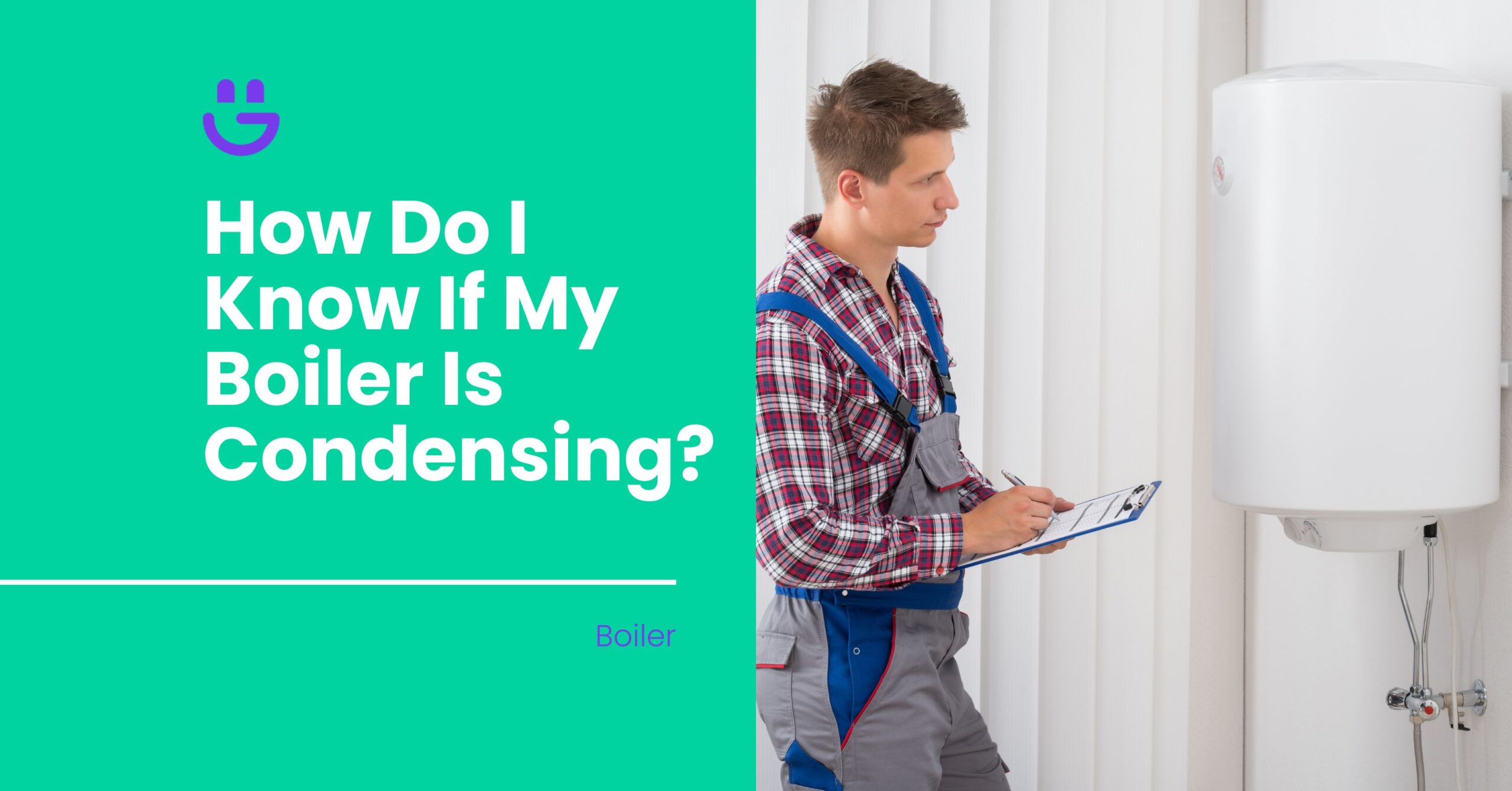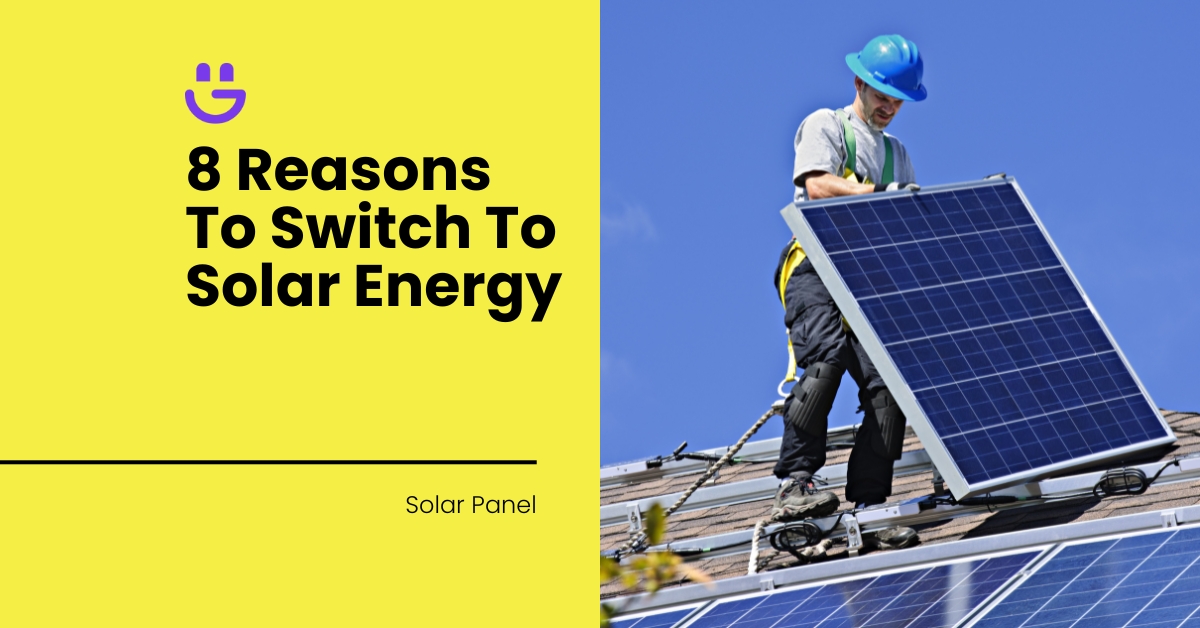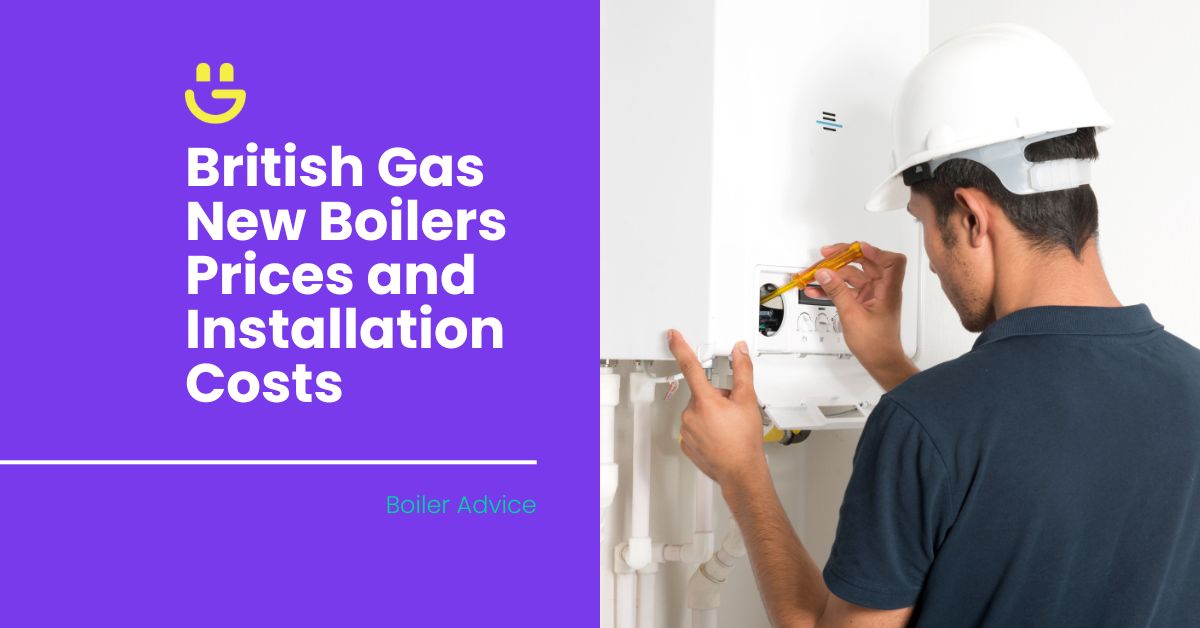Last Updated on November 14, 2025
The easiest way to know if your boiler is condensing is to check if you have a plastic flue and a plastic pipe that goes to the drain. If the flue is metal or steam is coming out of it, it is a non-condensing boiler.
Understanding your home heating system is crucial for maximising efficiency and saving money.
A condensing boiler system is designed to extract latent heat from combustion efficiently, making it the most energy-saving option.
This article is your comprehensive guide to condensing boilers, including how they work, their benefits, and how to maintain them for optimal performance.
Contents
- 1 What Is A Condensing Boiler?
- 2 How Condensing Boilers Work
- 3 How Can I Tell If My Boiler Is Condensing?
- 4 How Do You Tell If Your Boiler Is In Condensing Mode?
- 5 How Do You Keep A Boiler In Condensing Mode?
- 6 Should A Condensing Boiler Run Continuously?
- 7 What Happens When A Boiler Condensate Pipe Is Blocked?
- 8 How Much Water Should Come Out Of A Condensing Boiler?
- 9 FAQs
- 10 Final Thoughts
What Is A Condensing Boiler?
A condensing boiler can be a boiler that uses either gas or oil for fuel.
This type of boiler is highly efficient, as it reuses exhaust gas that is produced when burning the fuels. This gas is then reused to heat the water, thereby saving you on fuel costs and reducing emissions.
The main difference between condensing and non-condensing boilers is their efficiency. A condensing boiler is 98% more efficient and consumes less fuel than a non-condensing boiler, which has an energy rating of 78%.
Condensing gas boilers have been mandatory in the UK since 2005, and the same applied to oil boilers since 2007. That means if you have a modern combi or system boiler, it will be a condensing boiler (unless it runs on electricity).
Read our guide on condensing vs combi boilers to learn more about the differences between common boiler types and how they overlap.
How Condensing Boilers Work
Condensing boilers work by burning the fuel source to generate heat. As the fuel burns, it produces exhaust gases and byproducts, like heated water vapour.
This type of boiler not only uses the heat from burning the fuel but also traps the energy in the exhaust gases and vapour.
Inside the boiler, the water vapour is converted into small water drops in the heat exchanger. The exchanger extracts heat from the vapour and other gases and converts it into heating energy for your home. The cooled water droplets and other byproducts then drain from the boiler.
Because of how acidic the water is, the drain must be paired with a discharge pipe and external flue to release waste gas and drain the water.
Condensing boilers use two heat exchangers to extract heat from the combustion of gas or oil.
Here’s a quick step-by-step process to simplify the info above:
- The boiler ignites the gas or oil and distributes the heated air to the first or primary heat exchanger.
- The first heat exchanger supplies the radiators with hot water through a pump.
- The additional heat extracted is directed to the second heat exchanger, where it cools and transforms into water droplets.
- Using the heat from condensation, the second heat exchanger heats the incoming cold water for the boiler.
- The water from the condensation is drained, while the waste gases are released as steam through ventilation.
- This process is continued until the desired temperature is achieved.
How Can I Tell If My Boiler Is Condensing?
To determine whether you have a condensing boiler, you need to undertake a visual inspection. As mentioned earlier, these boilers have a drainage pipe to take away the water droplets and other byproducts once the heat exchanger withdraws energy.
Traditional boilers, combi boilers, or system boilers use condensing boiler technology to recycle the heat generated while burning fuel.
A combi boiler is a little different, with a few additional advantages. These boilers provide both heating and hot water. Combi boilers only heat the water you need, making them the most eco-friendly boiler systems.
If you are unsure of the boiler type, follow the checklist below:
- Check the boiler installation date: Any gas boiler installed after April 2005 is a condensing boiler. An oil boiler installed after April 2007 will be a condensing boiler. Your boiler manual or data plate (sticker) on the boiler will tell you if you have a traditional gas boiler, combi boiler, or condensing oil boiler. Using the information in the data plate, visit the PCDB database to determine your boiler type.
- Check the boiler flue: If the flue to remove extra gases on your boiler is metal, you have a non-condensing boiler. Condensing flues are made of plastic and installed either through an external wall or the roof.
- Check the boiler flue emissions: If you notice white plumes of steam coming out of the flue, your boiler is not condensing. This indicates that energy is being wasted and not converted into heat, meaning you have a non-condensing heating system.
- Check your drainpipe: If steam emanates from your flue and a white plastic pipe is directed towards the drain, you have a condensing boiler. Increased white smoke suggests heat loss, indicating a potential issue with your boiler. If the smoke seems black or yellow and emits a smell, it could contain harmful gases such as carbon monoxide. In this situation, it’s crucial to contact a Gas Safe engineer for immediate assistance.
Modern condensing boilers have thermostatic radiator valves that regulate the flow and temperature of water running through the radiators. This improves the boiler’s effectiveness by reducing heat loss, allowing it to operate in condensing mode.
You might not have heard about these valves before, so if you want to be informed, read our guide on the best thermostatic radiator valves.
If you are still unsure, installing thermostatic pipe clips with a temperature sensor to the flow and return pipes is the most reliable way to check. This will allow you to monitor the temperatures of the flue and heat transfer, confirming if your boiler is indeed condensing.
As a last resort, you can contact boiler experts like Eco Happy, provide them with information, and determine whether or not you have a condensing boiler.
How Do You Tell If Your Boiler Is In Condensing Mode?
Condensing mode refers to the condition in which the boiler’s water temperature drops below 54 °C. In this state, it recovers the lost heat from the water that has already run through the radiators.
A central heating system’s temperature should ideally be around 70 °C – enough for most households to activate the boiler’s condensing mode. This, however, also depends on the building’s design and size, the number and size of its radiators, and if it is well-insulated.
The system is optimised to work in condensing boilers when the water returning from the radiators is cooler. If the circulating water from the radiators has a lower temperature, there is a higher chance that the boiler will operate in condensing mode. This is because condensing boilers can extract heat from the flue gases, which works efficiently when the water temperature is lower.
How Do You Keep A Boiler In Condensing Mode?
There are several ways in which you can ensure your boiler is condensing, such as by regulating the water temperature and regularly servicing the boiler.
By keeping a boiler in condensing mode, you will maximise its efficiency. These boilers work best when the water that returns to the boiler is at 55 °C or below.
Here are some ways in which you can keep your boiler in condensing mode.
- Regulate the flow temperature: By adjusting the thermostat to 55 °C or below, you’ll not only improve your boiler’s efficiency but also encourage condensation.
- Smart thermostats for weather compensation: A smart thermostat with weather compensation can adjust the flow temperature based on outside temperatures. If it is cooler outside, the flow temperature will be reduced, which promotes condensation.
- Load compensation: This feature can adjust the flow temperature based on the set temperature and the temperature in the room.
- Optimise your heading design: You can optimise your design to include larger radiators and keep them at a lower temperature, which will keep the boiler in condensing mode.
- Insulate pipes: By insulating the hot water pipes, less heat is lost, which can maintain return temperatures and promote condensing.
- Balance your radiators: If you notice your radiators are not emitting the same amount of heat, it is time to balance them. Adjust the valves so that all radiators heat up evenly. Unbalanced radiators can result in higher return temperatures, which will negatively affect condensing.
Should A Condensing Boiler Run Continuously?
Although not required, modern condensing boilers are more efficient when left to run continuously at lower temperatures. They’ll use less fuel – thereby costing you less – than when they’re used at higher temperatures for short periods.
However, there isn’t a one-size-fits-all answer – it is up to your heating needs, boiler type and efficiency, and cost-effectiveness. It might be best to consult with a heating engineer, like Eco Happy, to get advice based on your boiler, your home, and your heating needs.
We’ve also compiled a list of the best condensing boilers if you want to get one for your home.
What Happens When A Boiler Condensate Pipe Is Blocked?
A condensing boiler can’t work with a blocked condensate pipe.
Here are some signs that you’re boiler has a blocked pipe:
- Gurgling noises: If you hear gurgling or dripping, it means water isn’t draining and the pipe is blocked.
- Fluctuating temperatures: When this occurs, there is something wrong with your heating system. It could be because the pipe is blocked, preventing drainage.
- Water leaks: If you notice water leaking around the boiler, the condensate tray might overflow, indicating a blockage.
- Safety mechanism keeps tripping: This indicates that the pressure is building up because of a blocked condensate pipe.
How Much Water Should Come Out Of A Condensing Boiler?
A properly working condensing boiler should produce on average 2 litres of condensate water each hour, which is drained through the condensate pipe. This pipe needs to be connected to an external drain to allow the water to safely drain away from the system.
This water will flow out as drops, not as a steady stream.
FAQs
How can you tell the difference between a condensing and a non-condensing boiler?
Condensing boilers can be visually spotted by their condensate pipe for drainage, as well as a flue made from plastic or PVC.
Non-condensing boilers use a metal flue that often expels very hot steam.
At what temperature does a boiler stop condensing?
Condensing boilers lose their efficiency (and therefore stop condensing) when returning water is hotter than 55 °C.
Final Thoughts
Exploring the best condensing boilers on the market may seem overwhelming, but it is essential to invest in one for long-term energy savings.
Understanding how it works, the pros and cons, and knowing when the boiler condenses can help you select the best boiler for your home. Remember, when choosing a new condensing boiler, focus on efficiency, reliability and safety. If you’re ready to find out more about boilers or make a switch to a condensing boiler, reach out to Eco Happy today.






Tom Allen
Solar Expert